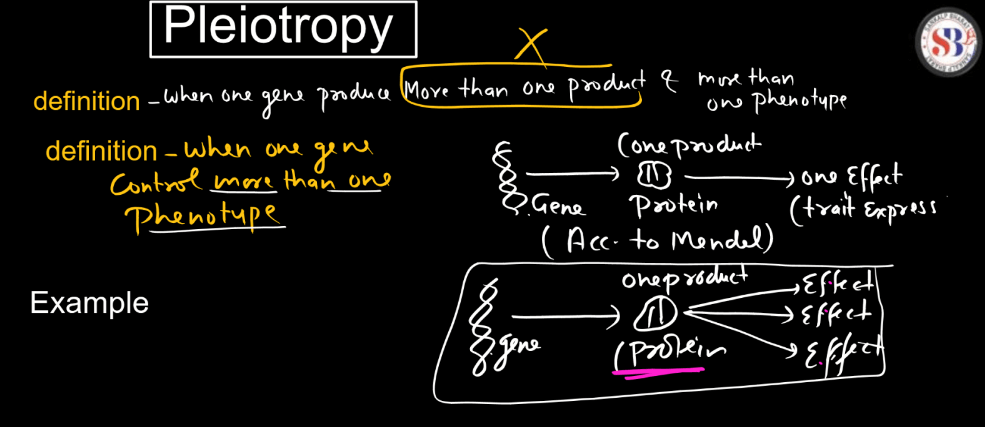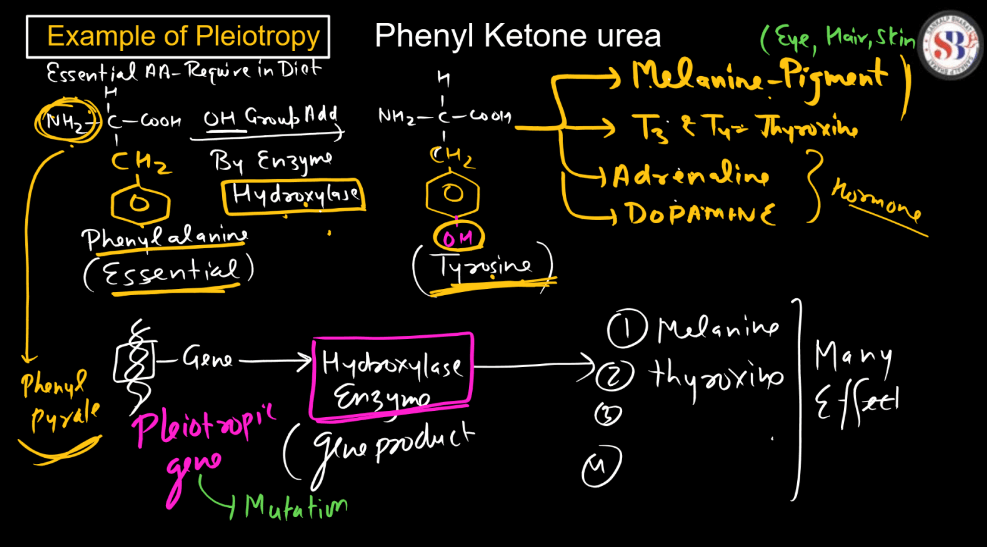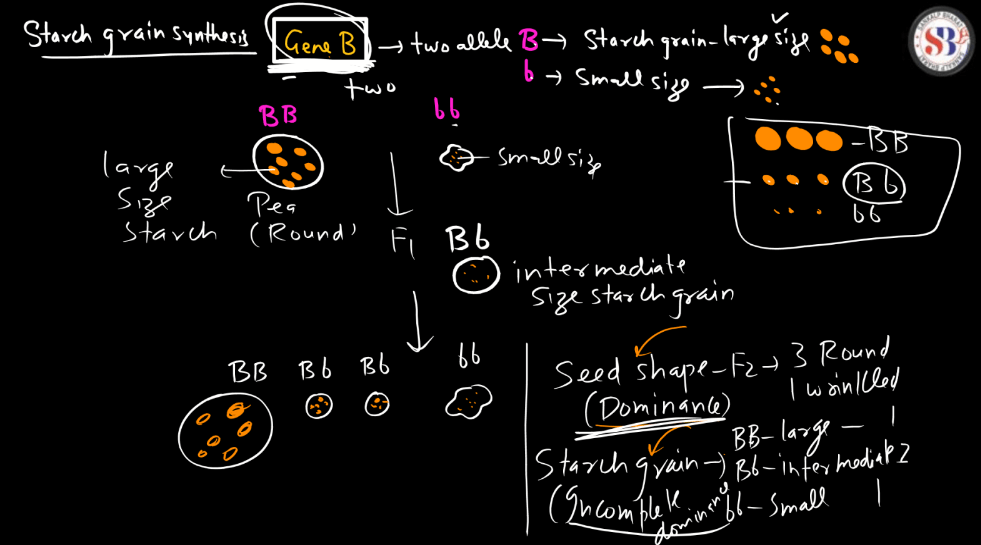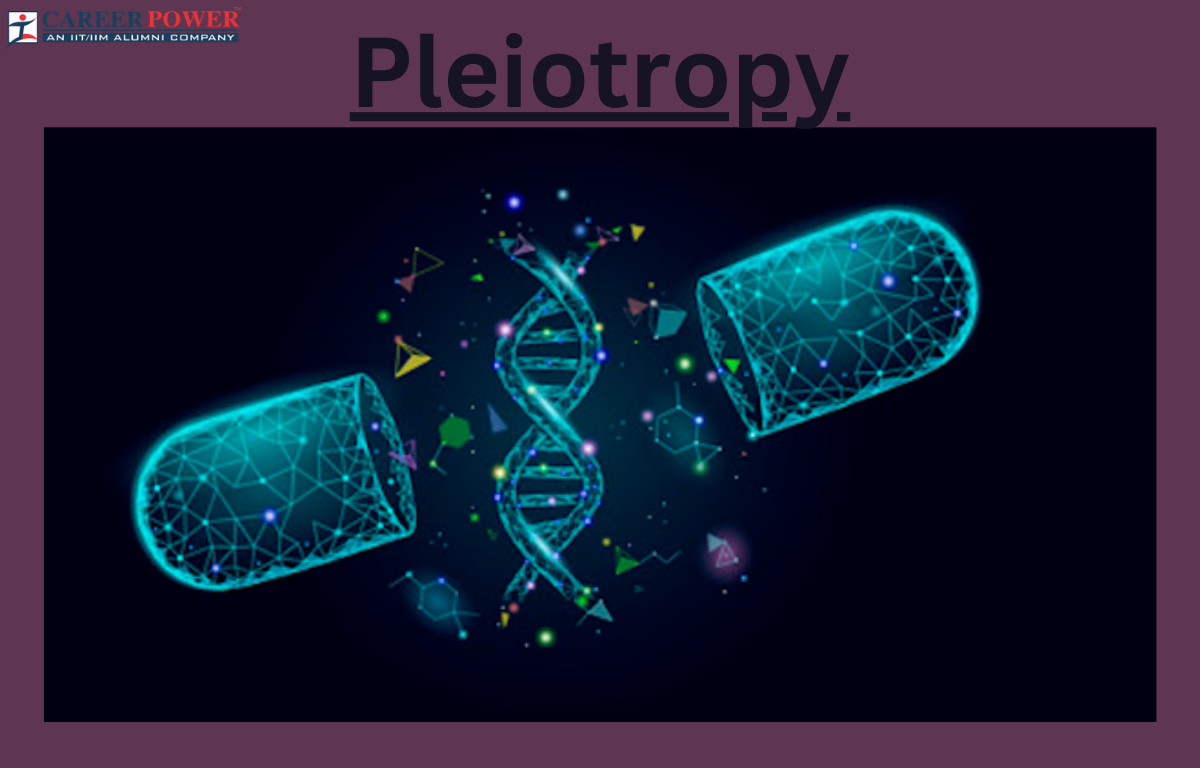What is Pleiotropy?
Pleiotropy is a genetic phenomenon where a single gene influences multiple, seemingly unrelated traits or functions in an organism. Imagine a chef who adds a specific spice to a dish, enhancing its flavor, texture, and aroma simultaneously. Similarly, a pleiotropic gene may impact various aspects of an organism’s development or physiology. For instance, a gene affecting hair growth might unintentionally influence other traits like skin color or susceptibility to certain diseases.

This interconnectedness arises because genes participate in intricate biochemical pathways, and changes in one gene can have ripple effects on multiple traits. Understanding pleiotropy is crucial in genetics and medicine, as it reveals the complexity of genetic influences on traits and helps researchers comprehend the interconnected nature of biological systems. Just as tweaking one ingredient affects the overall taste of a recipe, a single gene can have broad-reaching effects on an organism’s characteristics.
Gene Pleiotropy
Gene pleiotropy is a phenomenon where a single gene influences multiple, seemingly unrelated traits or features in an organism. Picture it like a multitasking gene that has different effects on various aspects of an individual’s phenotype. Instead of just controlling one specific trait, a pleiotropic gene might impact several characteristics simultaneously. For example, imagine a gene that plays a role in bone development.
This gene might not only influence the length and density of bones but also affect related features like the structure of teeth or the shape of the skull. In simpler terms, it’s like having a gene that wears multiple hats, participating in the orchestration of various biological functions. Pleiotropy highlights the interconnected nature of genetics and how changes in a single gene can have far-reaching consequences, shaping multiple aspects of an organism’s physical or physiological makeup.
Examples of Pleiotropy in Humans
Pleiotropy refers to a single gene influencing multiple, seemingly unrelated traits. Below we have discussed a few examples of Pleiotropy. These examples illustrate how a single gene can have diverse effects on various aspects of an organism’s phenotype.
- Sickle Cell Anemia: The mutation responsible for sickle cell anemia can also confer resistance to malaria, showcasing pleiotropy where a single genetic change has multiple effects.
- Marfan Syndrome: Mutations in the FBN1 gene not only cause the characteristic features of Marfan syndrome (such as elongated limbs and cardiovascular issues) but can also affect the eyes, leading to lens dislocation.
- PKU (Phenylketonuria): Mutations in the PAK gene not only result in the inability to metabolize phenylalanine, causing cognitive impairment in PKU patients but can also affect skin and hair pigmentation.

- Waardenburg Syndrome: Mutations in the PAX3 gene can lead to Waardenburg syndrome, characterized by deafness and changes in skin, hair, and eye pigmentation, demonstrating pleiotropy.
- Alkaptonuria: Mutations in the HGD gene cause alkaptonuria, a condition where homogentisic acid accumulates, leading to joint and connective tissue problems as well as dark pigmentation in the urine.
- BRCA1 Gene: Mutations in this gene are associated with an increased risk of breast and ovarian cancer, illustrating pleiotropy in the context of disease susceptibility.
Examples of Pleiotropy in Animals
Pleiotropy highlights the interconnectedness of genetic traits, where a single gene influences multiple, seemingly unrelated phenotypic traits.
- Coat Color in Mice: Genes controlling coat color in mice can impact not only the fur color but also aspects of their immune system and behavior.
- Drosophila Eye Development: Mutations in certain genes affecting eye development in fruit flies can have broader effects on others’ developmental processes.

- Albinism in Animals: Albinism affecting pigmentation, often comes with additional effects on vision and susceptibility to certain skin conditions in various species.
- Polydactyly in Cats: Genetic factors causing extra digits in cats can have linked effects on the skeletal structure and overall limb development.
- Fruit Fly Eye Color: In drosophila, the white gene not only influences eye color but also affects the development of other structures like the Malpighian tubules.



 50 Vegetables Name for Kids in English a...
50 Vegetables Name for Kids in English a...
 Food Chain: Definition, Types, Examples,...
Food Chain: Definition, Types, Examples,...
 Human Respiratory System: Definition, Di...
Human Respiratory System: Definition, Di...













